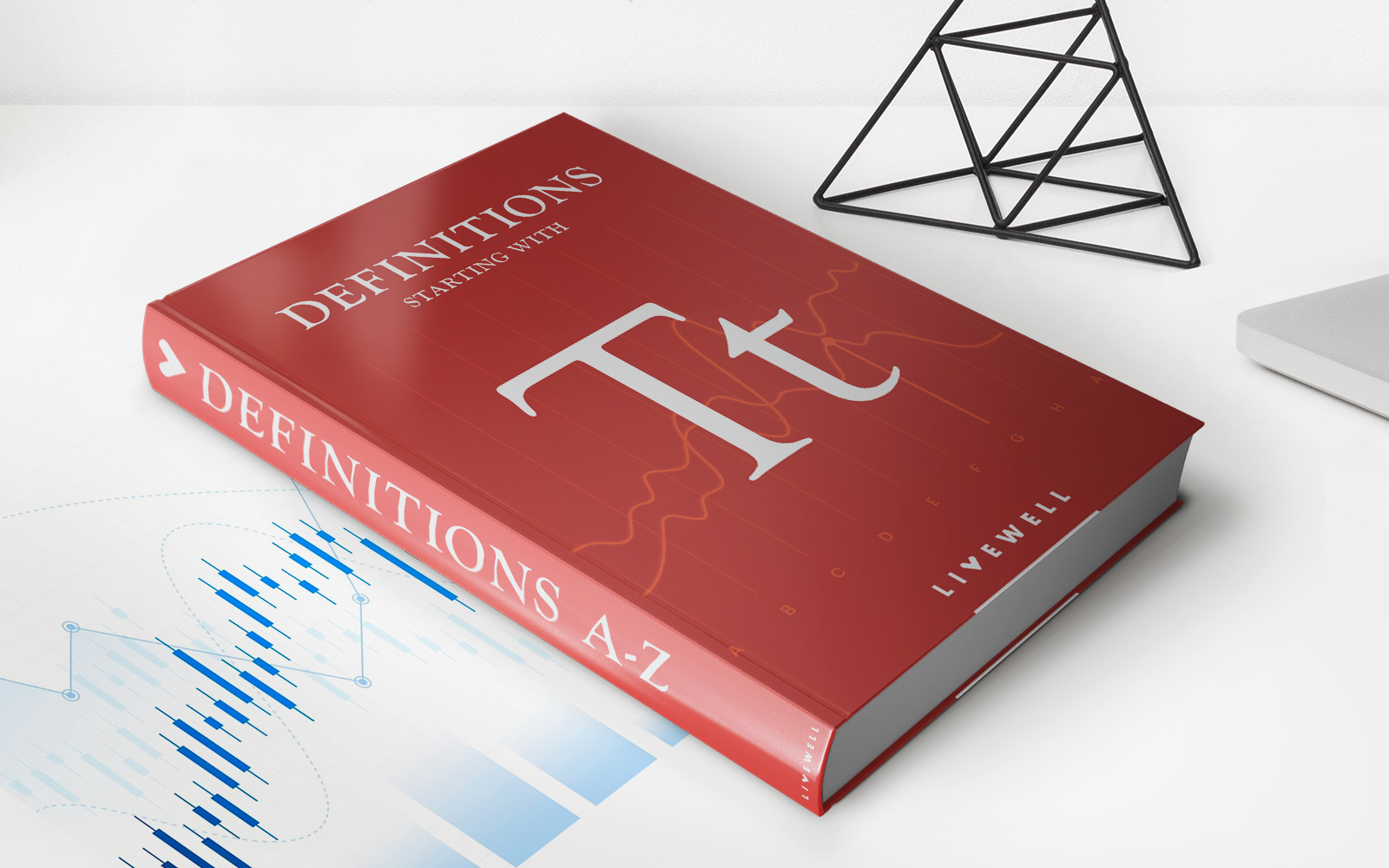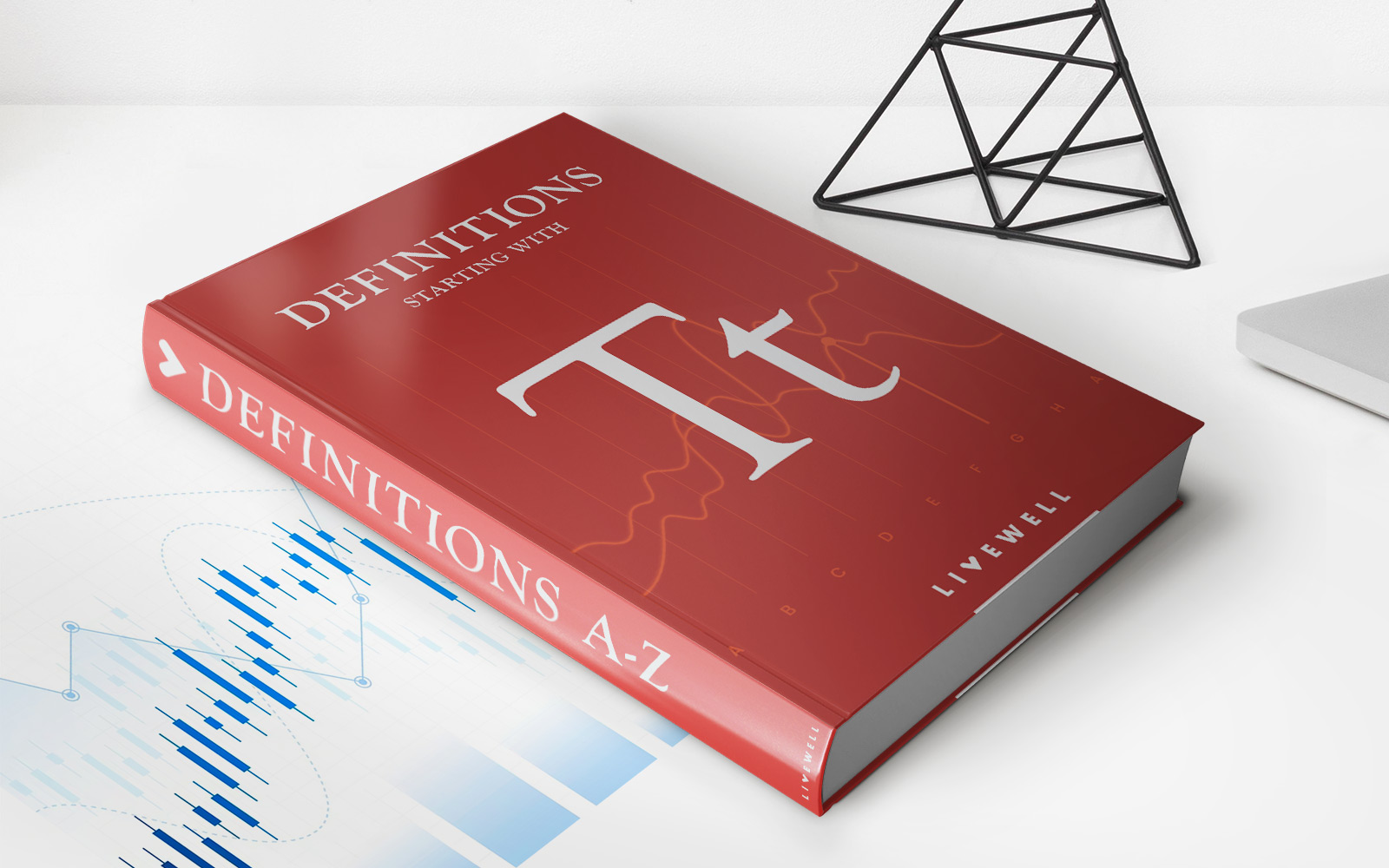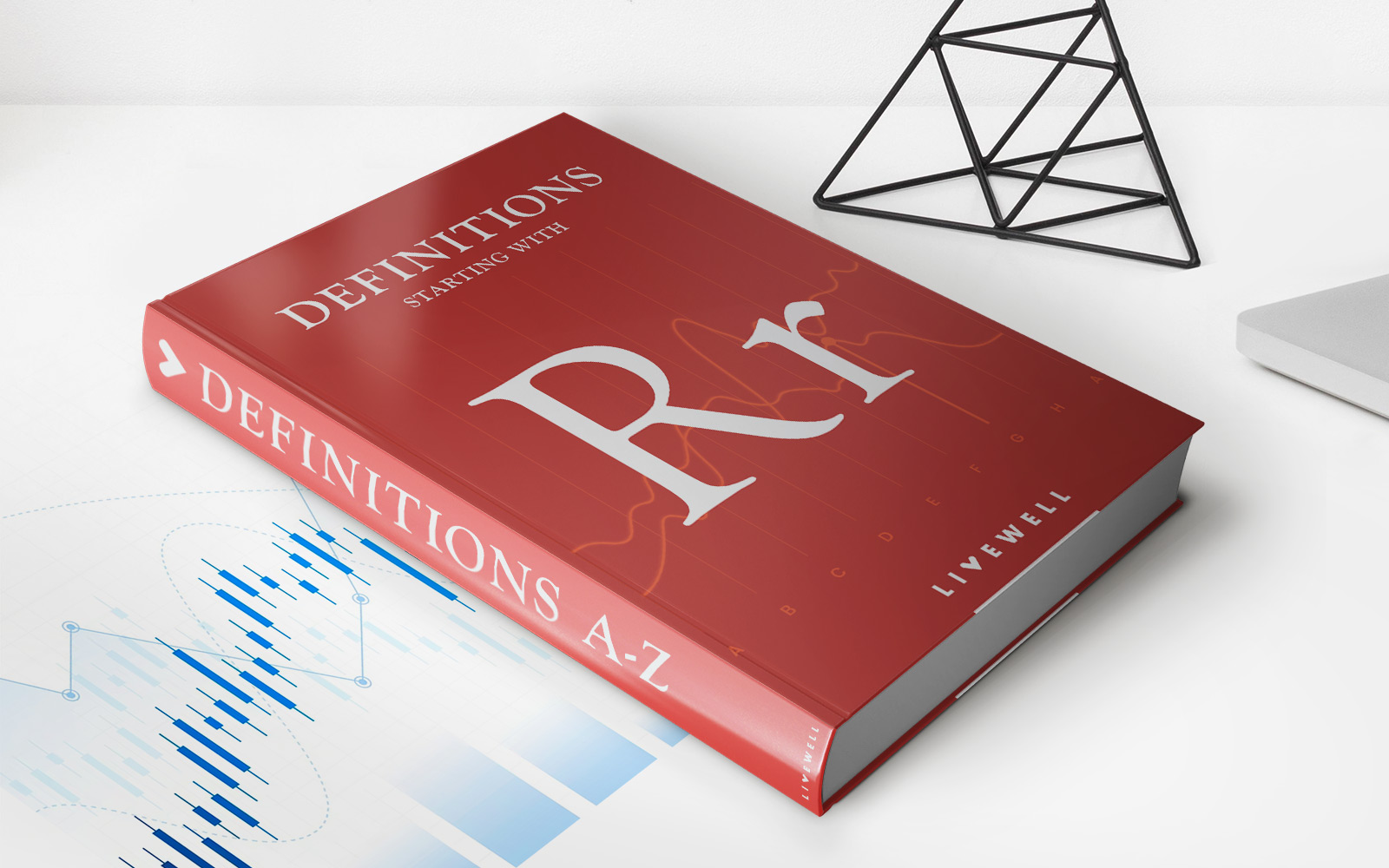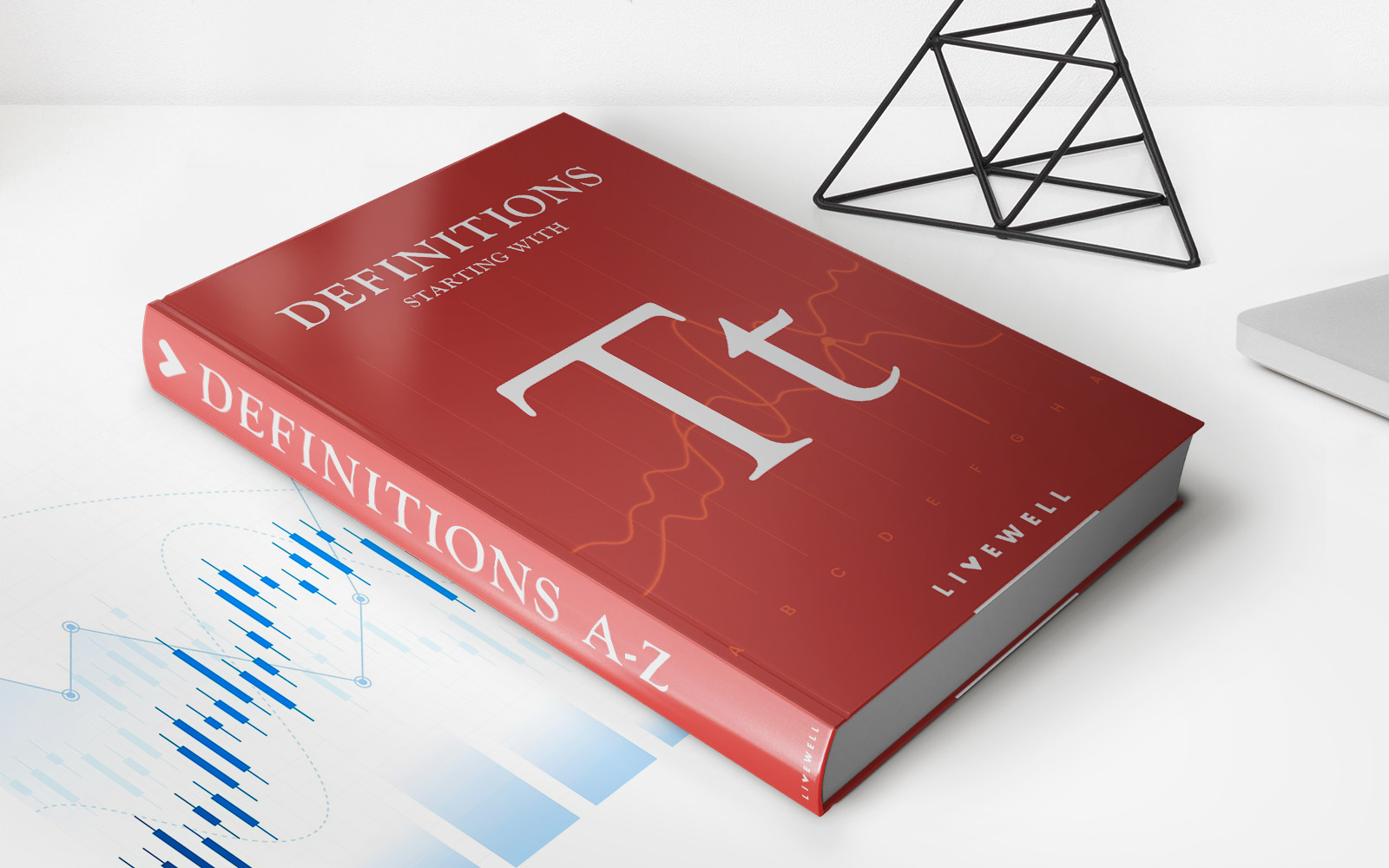

Finance
What Are High-Risk Loans?
Published: February 18, 2024
Learn about high-risk loans and how they can impact your finances. Understand the risks and benefits of these financial products. Discover if high-risk loans are the right choice for you.
(Many of the links in this article redirect to a specific reviewed product. Your purchase of these products through affiliate links helps to generate commission for LiveWell, at no extra cost. Learn more)
Table of Contents
Introduction
High-risk loans, also known as subprime loans, cater to individuals or businesses with poor credit history or financial instability. These loans often come with higher interest rates and stricter terms to compensate for the increased risk undertaken by the lender. While high-risk loans can provide a financial lifeline to those in need, they also pose significant challenges and potential pitfalls. Understanding the intricacies of high-risk loans is crucial for individuals and businesses seeking financial assistance, as well as for lenders assessing the associated risks.
Exploring the nuances of high-risk loans involves delving into the various types of loans categorized as high-risk, the factors that contribute to their classification, and the potential advantages and disadvantages they offer. Furthermore, it is essential to comprehend the process of obtaining high-risk loans and the strategies for effectively managing them to mitigate the inherent risks.
This comprehensive guide aims to demystify high-risk loans, providing valuable insights into their nature, the criteria that define them, and the considerations involved in securing and managing such loans. By shedding light on the intricacies of high-risk loans, individuals and businesses can make informed decisions regarding their financial needs and obligations, ultimately fostering a more robust understanding of the financial landscape.
Understanding High-Risk Loans
High-risk loans are financial products extended to borrowers with a history of credit issues, limited credit experience, or unstable financial circumstances. These loans are often associated with higher interest rates and less favorable terms compared to conventional loans. Lenders may offer high-risk loans to individuals with low credit scores, a history of late payments, or a high debt-to-income ratio, as well as to businesses with limited operating history or inconsistent revenue streams.
One of the defining characteristics of high-risk loans is the increased likelihood of default by the borrower, which poses a higher risk to the lender. As a result, lenders mitigate this risk by imposing stricter terms and conditions, including higher interest rates, shorter repayment periods, and more frequent payment schedules. Additionally, collateral or a co-signer may be required to secure the loan, providing the lender with recourse in the event of default.
These loans are commonly utilized by individuals and businesses facing financial challenges, as traditional lending institutions may be unwilling to extend credit due to the perceived risk. While high-risk loans offer a potential avenue for obtaining necessary funds, borrowers must carefully consider the associated costs and risks. Understanding the dynamics of high-risk loans, including the impact of interest rates, fees, and repayment terms, is crucial for making informed decisions and avoiding potential financial strain.
Furthermore, borrowers should be aware of the impact of high-risk loans on their credit profile. Timely repayment and responsible management of high-risk loans can contribute to the gradual improvement of the borrower’s creditworthiness, potentially opening doors to more favorable financing options in the future.
By grasping the fundamental principles of high-risk loans, borrowers can navigate the complexities of these financial instruments more effectively, empowering them to make sound financial choices and pursue viable paths toward achieving their personal and business objectives.
Types of High-Risk Loans
High-risk loans encompass a diverse array of financial products tailored to meet the unique needs and circumstances of individuals and businesses facing credit challenges. Understanding the various types of high-risk loans is essential for identifying the most suitable financing options and comprehending the associated terms and conditions.
1. Payday Loans: These short-term, high-interest loans are typically sought by individuals in urgent need of funds before their next paycheck. Payday loans often carry substantial fees and interest rates, making them a high-risk borrowing option.
2. Subprime Mortgages: Designed for individuals with poor credit history or limited financial stability, subprime mortgages feature higher interest rates and less favorable terms compared to traditional mortgages. These loans provide an opportunity for individuals with credit challenges to access homeownership, albeit with increased financial risk.
3. Title Loans: Title loans involve using a vehicle’s title as collateral to secure a loan. These high-risk loans often come with steep interest rates and the risk of losing the vehicle if the borrower defaults on the loan.
4. Bad Credit Personal Loans: Tailored for individuals with low credit scores or adverse credit history, bad credit personal loans offer access to funds, albeit with higher interest rates and more stringent terms to offset the heightened risk associated with the borrowers’ credit profiles.
5. High-Risk Business Loans: Small businesses with limited operating history or financial challenges may opt for high-risk business loans to secure necessary funding. These loans typically involve higher interest rates and stricter terms, serving as a financial lifeline for businesses facing credit hurdles.
Understanding the nuances of these high-risk loan types is crucial for individuals and businesses evaluating their financing options. By recognizing the specific features and potential drawbacks of each loan category, borrowers can make informed decisions aligned with their financial circumstances and objectives, ultimately fostering a more robust understanding of the financial landscape.
Factors that Make a Loan High-Risk
Several key factors contribute to the classification of a loan as high-risk, reflecting the heightened probability of default and the associated financial vulnerability for both borrowers and lenders. Understanding these factors is essential for assessing the potential risks and implications of high-risk loans.
1. Credit History: A significant determinant of loan risk is the borrower’s credit history. Individuals with a history of late payments, delinquencies, or defaults are perceived as high-risk borrowers, leading to the classification of loans extended to them as high-risk. Poor credit scores, often below a certain threshold, may trigger the categorization of loans as high-risk due to the increased likelihood of repayment challenges.
2. Income and Debt Levels: High levels of debt relative to income, as evidenced by a high debt-to-income ratio, can contribute to the classification of a loan as high-risk. Borrowers with limited income and substantial existing debt may face challenges in managing additional financial obligations, elevating the risk associated with extending credit to them.
3. Collateral Availability: The absence of collateral to secure a loan can render it high-risk, as the lender lacks tangible assets to mitigate potential losses in the event of default. Loans without collateral often carry higher interest rates and stricter terms to compensate for the increased risk undertaken by the lender.
4. Loan Purpose: The intended use of the loan proceeds can influence its risk classification. Loans sought for speculative or high-risk ventures, such as certain business endeavors or investments, may be deemed high-risk due to the uncertainty surrounding the potential returns and the associated financial volatility.
5. Market Conditions: Economic and market factors, including fluctuations in interest rates, industry-specific challenges, and broader economic instability, can contribute to the classification of loans as high-risk. Unfavorable market conditions may elevate the risk associated with lending, prompting lenders to categorize certain loans as high-risk to reflect the prevailing financial uncertainties.
By recognizing these pivotal factors, borrowers and lenders can gain valuable insights into the determinants of loan risk and make informed decisions regarding the extension and utilization of high-risk loans. Additionally, understanding these factors empowers individuals and businesses to adopt proactive measures aimed at mitigating the inherent risks associated with high-risk borrowing, ultimately fostering a more resilient and informed approach to financial management.
Pros and Cons of High-Risk Loans
High-risk loans present a range of potential advantages and disadvantages for both borrowers and lenders. Understanding these pros and cons is essential for individuals and businesses evaluating the viability of high-risk borrowing as a means of addressing their financial needs.
Pros
1. Accessible Financing: For individuals and businesses with limited creditworthiness or financial stability, high-risk loans offer a potential avenue for accessing essential funds that may not be available through traditional lending channels. This accessibility can provide a crucial lifeline during challenging financial circumstances.
2. Credit Improvement Opportunity: Timely repayment of high-risk loans can contribute to the gradual improvement of the borrower’s credit profile. Successfully managing a high-risk loan can demonstrate financial responsibility and potentially lead to enhanced creditworthiness over time, opening doors to more favorable financing options in the future.
3. Business Growth and Stability: High-risk business loans can enable small enterprises to secure the necessary capital for expansion, operational enhancements, or overcoming financial hurdles. This infusion of funds can support business growth and stability, potentially leading to long-term success.
Cons
1. Higher Costs: High-risk loans often come with significantly higher interest rates and fees compared to traditional loans. The increased cost of borrowing can place a substantial financial burden on the borrower, potentially leading to greater overall repayment obligations.
2. Stricter Terms and Conditions: Lenders offering high-risk loans may impose stricter terms and conditions, including shorter repayment periods and more frequent payment schedules. These requirements can limit the borrower’s financial flexibility and increase the pressure to meet stringent obligations.
3. Financial Vulnerability: Borrowers availing high-risk loans may face heightened financial vulnerability due to the increased risk of default and the potential consequences of loan non-repayment, including adverse impacts on credit and potential asset loss.
By weighing these pros and cons, individuals and businesses can make informed decisions regarding the suitability of high-risk loans for their specific financial circumstances and objectives. Additionally, understanding the potential advantages and drawbacks of high-risk borrowing empowers borrowers to approach these financial instruments with a comprehensive awareness of the associated risks and opportunities, fostering a more informed and resilient financial strategy.
How to Obtain High-Risk Loans
Obtaining high-risk loans necessitates a strategic approach and a comprehensive understanding of the application process, eligibility criteria, and associated considerations. Individuals and businesses seeking high-risk financing can navigate this process effectively by following key steps tailored to the nature of high-risk borrowing.
1. Assessing Financial Needs and Risks
Prior to pursuing a high-risk loan, it is essential for borrowers to conduct a thorough assessment of their financial needs, repayment capabilities, and risk tolerance. This evaluation should encompass a realistic appraisal of the funds required, the potential impact of high interest rates and fees, and the implications of loan non-repayment.
2. Researching Lenders Specializing in High-Risk Loans
Borrowers should explore financial institutions, online lenders, and credit unions known for offering high-risk loans. Researching and comparing the terms, interest rates, and eligibility requirements of various lenders can provide valuable insights into the available options and facilitate informed decision-making.
3. Preparing Necessary Documentation
High-risk loan applications typically require documentation such as proof of income, bank statements, identification, and details of any collateral offered. Ensuring the availability of these documents in advance can streamline the application process and enhance the borrower’s credibility in the eyes of the lender.
4. Demonstrating Financial Responsibility
Borrowers can strengthen their loan applications by showcasing responsible financial behavior, such as timely bill payments and prudent debt management. This demonstration of financial responsibility can bolster the borrower’s creditworthiness and mitigate the perceived risk associated with extending credit.
5. Exploring Co-Signer or Collateral Options
For individuals with limited creditworthiness, securing a co-signer with a strong credit profile or offering collateral can enhance the likelihood of loan approval. Co-signers and collateral provide additional assurances to the lender, potentially resulting in more favorable loan terms despite the high-risk nature of the borrowing.
6. Submitting a Well-Crafted Loan Application
When applying for a high-risk loan, borrowers should ensure that their loan application is comprehensive, accurate, and effectively communicates their financial needs and repayment capabilities. Articulating a clear purpose for the loan and providing transparent financial details can strengthen the application’s viability.
By following these steps and approaching the process of obtaining high-risk loans with careful consideration and preparation, borrowers can enhance their prospects of securing the necessary financing while navigating the inherent challenges associated with high-risk borrowing.
Managing High-Risk Loans
Effectively managing high-risk loans is essential for borrowers to navigate the associated financial challenges and mitigate the potential repercussions of borrowing under elevated risk conditions. By adopting proactive strategies and prudent financial management, individuals and businesses can enhance their ability to meet their obligations and safeguard their financial well-being.
1. Budgeting and Cash Flow Management
Establishing a comprehensive budget and diligently managing cash flow can help borrowers allocate funds for loan repayments and prioritize essential expenses. By maintaining a clear overview of their financial inflows and outflows, borrowers can proactively address their loan obligations and avoid potential financial strain.
2. Timely and Consistent Repayments
Prioritizing timely and consistent loan repayments is crucial for maintaining a positive credit profile and mitigating the risk of default. By adhering to the repayment schedule and fulfilling their obligations punctually, borrowers can demonstrate financial responsibility and potentially improve their creditworthiness over time.
3. Communication with Lenders
In cases where borrowers encounter financial difficulties that may impact their ability to meet loan obligations, open and proactive communication with lenders is paramount. Discussing challenges with lenders and exploring potential alternative arrangements can help mitigate the risk of default and foster a collaborative approach to managing the loan.
4. Building Emergency Funds
Establishing and maintaining emergency funds can provide a safety net for borrowers facing unexpected financial setbacks. These funds can serve as a buffer against unforeseen circumstances that may hinder the borrower’s capacity to meet loan repayments, reducing the risk of delinquency or default.
5. Seeking Financial Counseling and Guidance
Engaging the services of financial counselors or seeking guidance from reputable financial advisors can provide borrowers with valuable insights into effective debt management and financial planning. These professionals can offer tailored strategies for navigating high-risk borrowing and mitigating its potential impact on the borrower’s financial stability.
6. Monitoring Credit and Financial Health
Regularly monitoring credit reports and overall financial health can enable borrowers to stay informed about their credit standing and identify potential areas for improvement. This proactive approach allows borrowers to address any discrepancies or issues promptly, contributing to a more robust financial position.
By implementing these proactive measures and adopting a disciplined approach to managing high-risk loans, borrowers can enhance their financial resilience and minimize the inherent risks associated with borrowing under challenging credit conditions. Effective management of high-risk loans can contribute to improved financial stability and pave the way for enhanced creditworthiness over time.
Conclusion
High-risk loans serve as a critical financial lifeline for individuals and businesses facing credit challenges or financial instability. While these loans offer access to essential funds, they also entail heightened risks and potential drawbacks that necessitate careful consideration and proactive management. Understanding the nature of high-risk loans, including the factors contributing to their classification, the various types available, and the potential advantages and disadvantages they present, is crucial for borrowers and lenders alike.
By comprehending the dynamics of high-risk borrowing and adopting informed strategies, individuals and businesses can navigate the complexities of these financial instruments more effectively. From assessing financial needs and risks to managing loan obligations with diligence and foresight, borrowers can proactively address the challenges associated with high-risk loans and mitigate the potential repercussions of borrowing under elevated risk conditions.
Furthermore, the responsible management of high-risk loans can contribute to the gradual improvement of the borrower’s creditworthiness, potentially opening doors to more favorable financing options in the future. Timely repayments, proactive communication with lenders, and prudent financial planning are essential components of a robust approach to managing high-risk borrowing.
Ultimately, the landscape of high-risk loans underscores the importance of informed decision-making, proactive financial management, and a comprehensive understanding of the risks and opportunities involved. By empowering individuals and businesses with the knowledge and strategies necessary to navigate high-risk borrowing effectively, this guide aims to foster a more resilient and informed approach to financial management, ultimately contributing to enhanced financial well-being and long-term stability.














